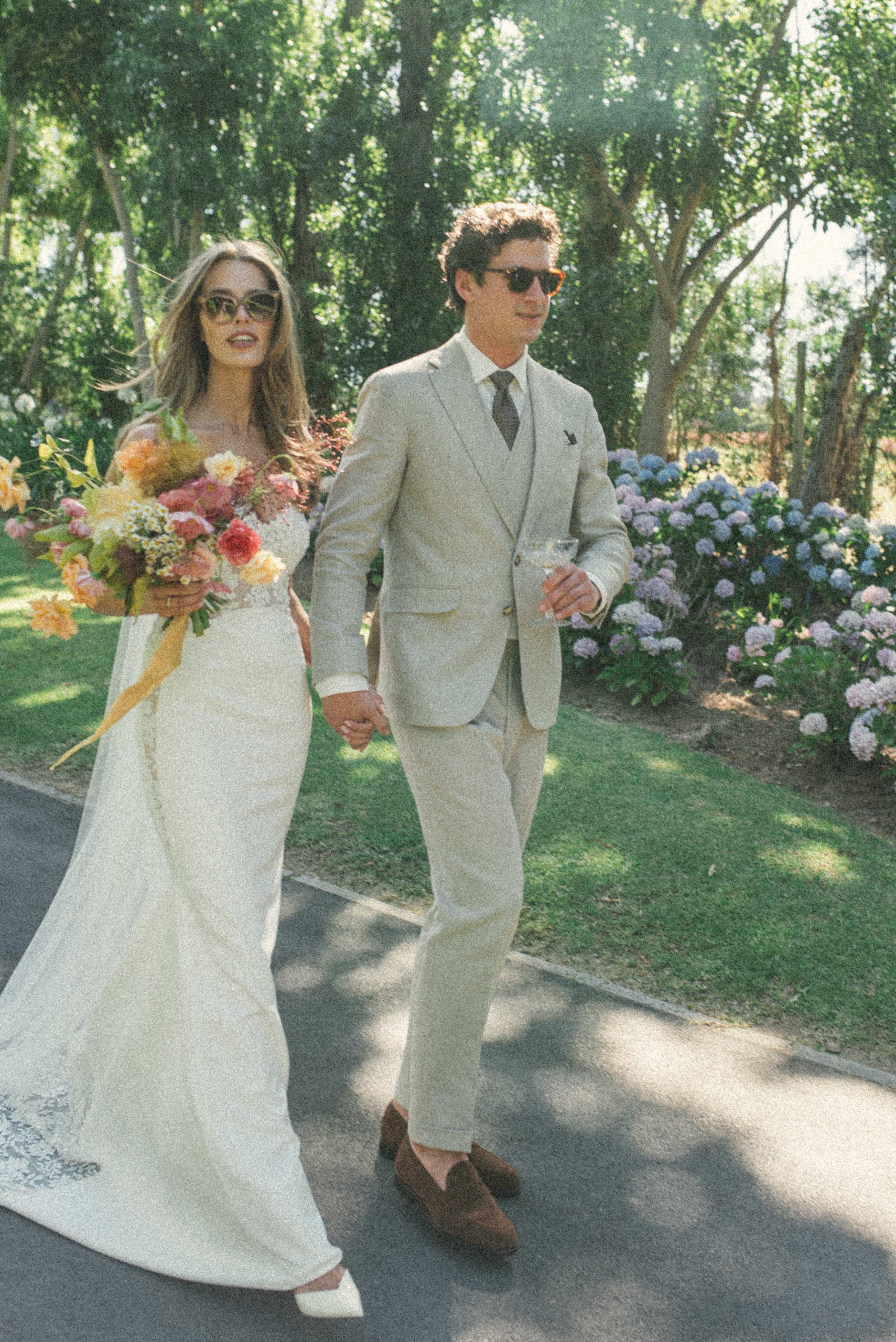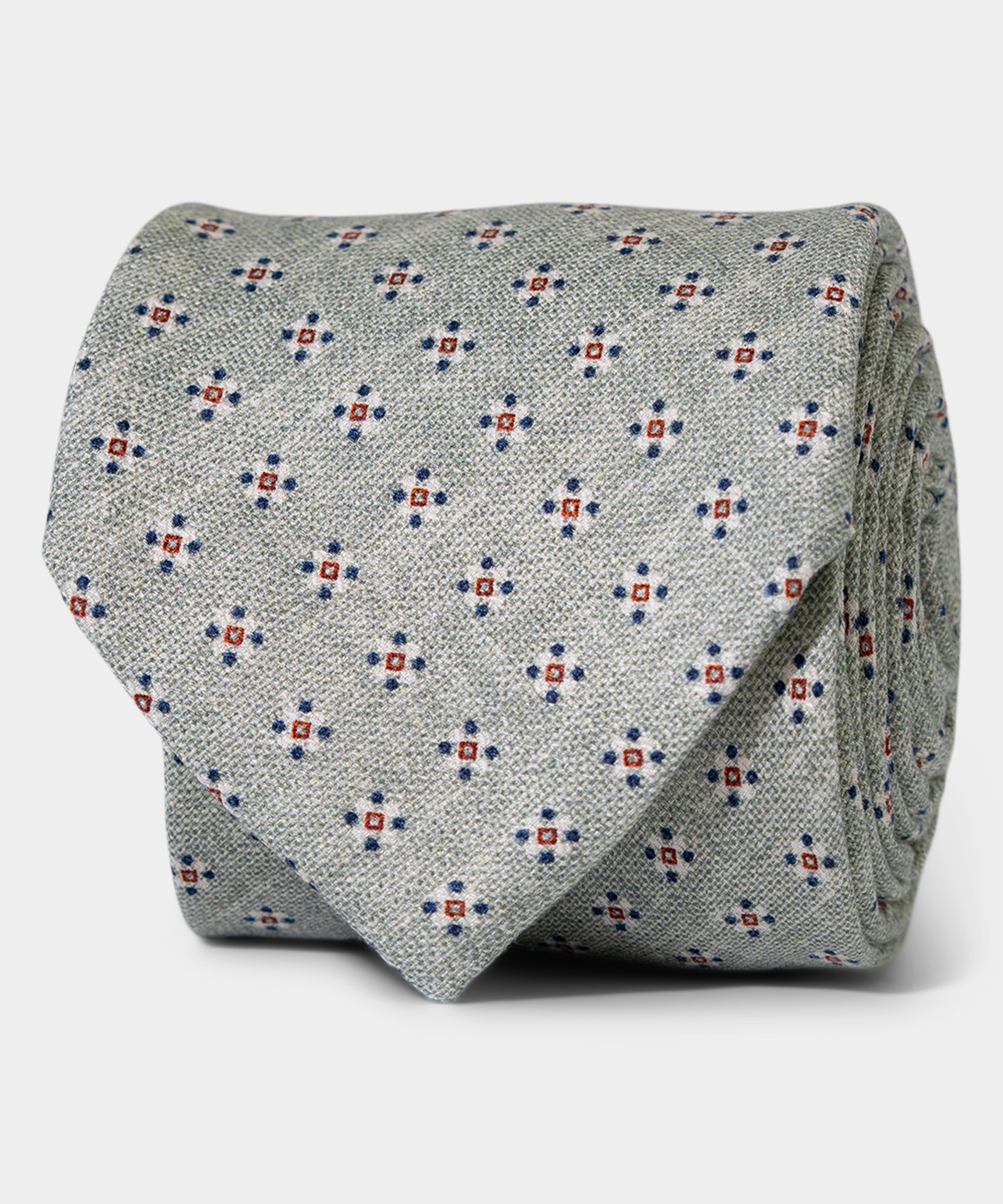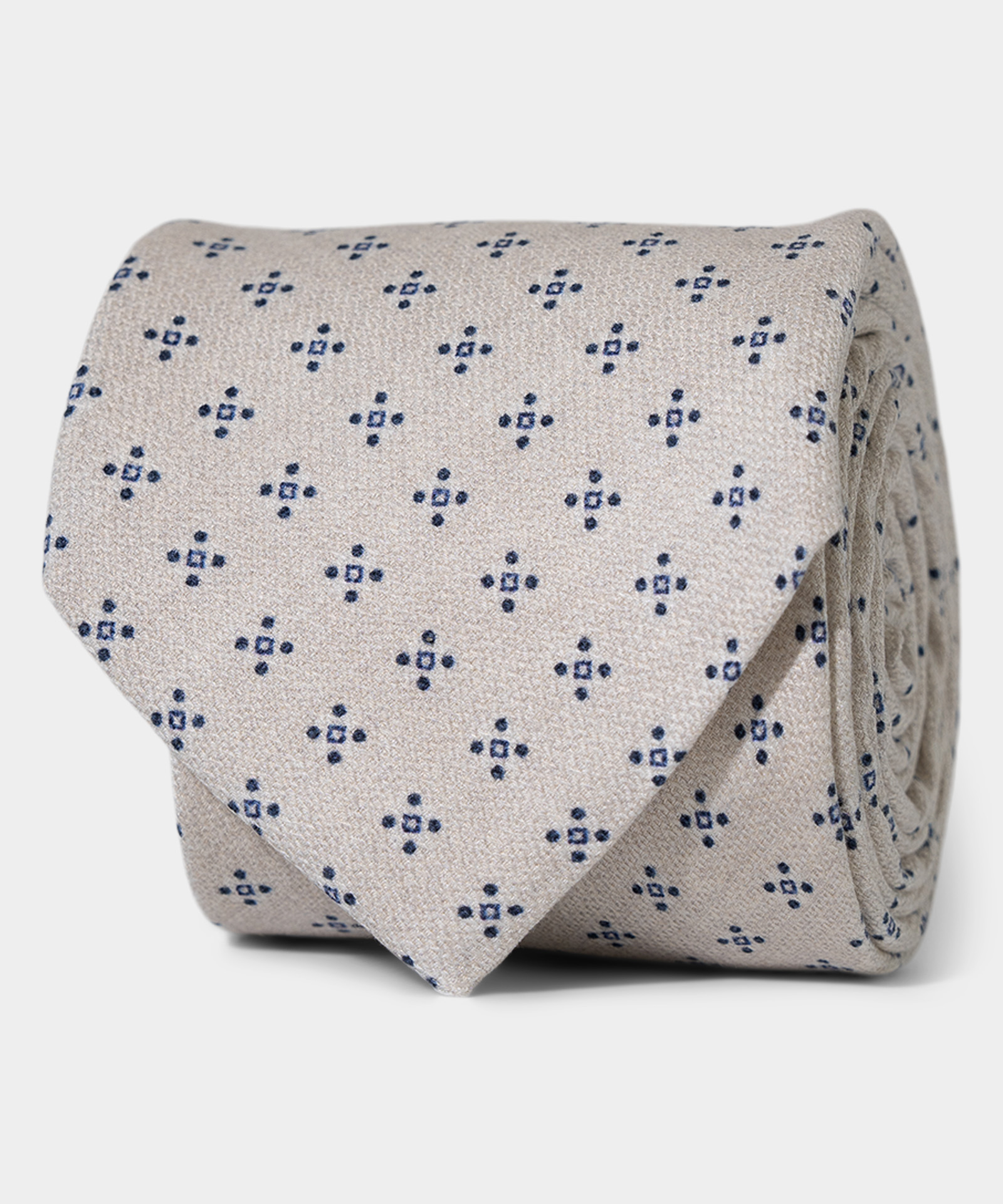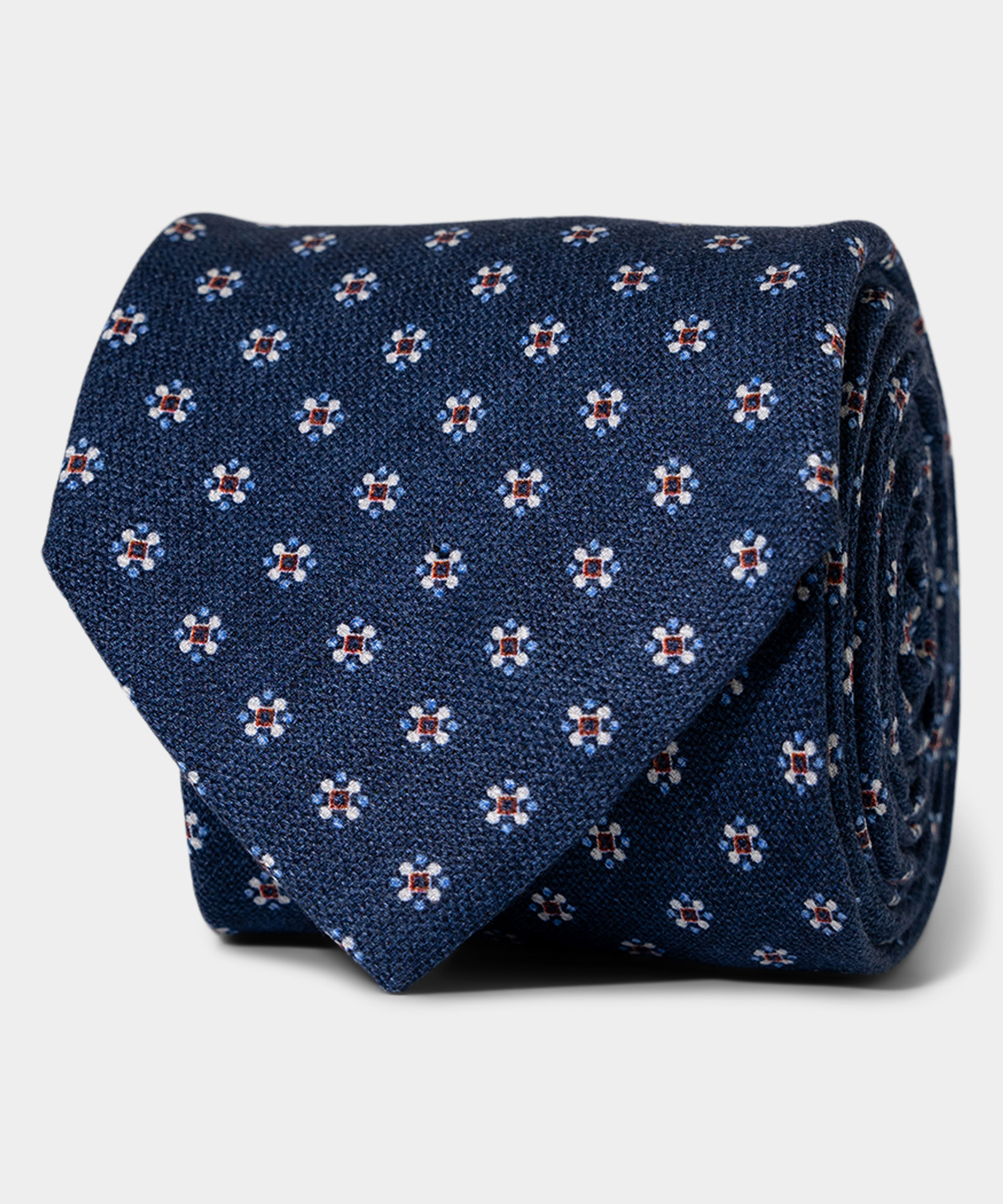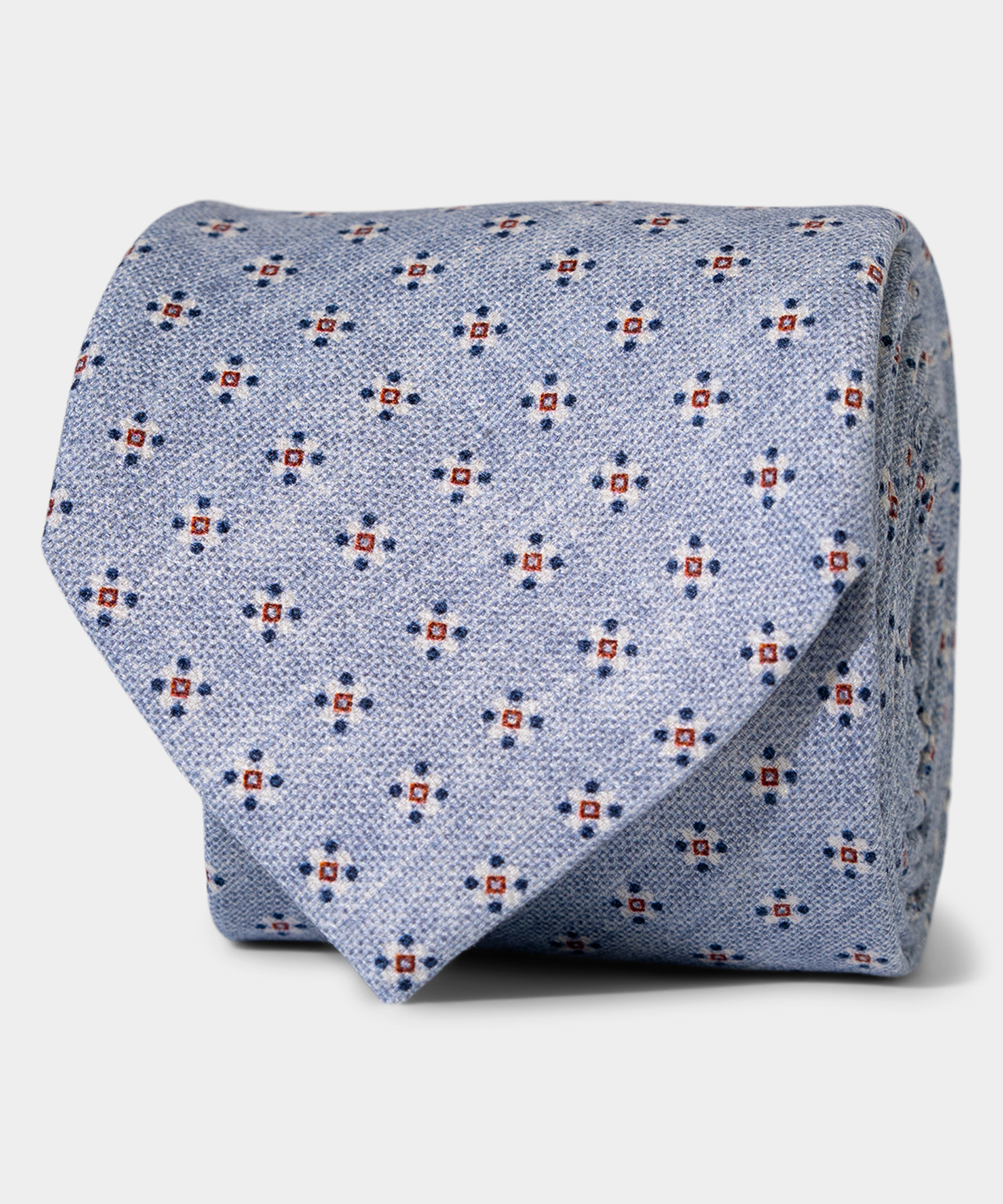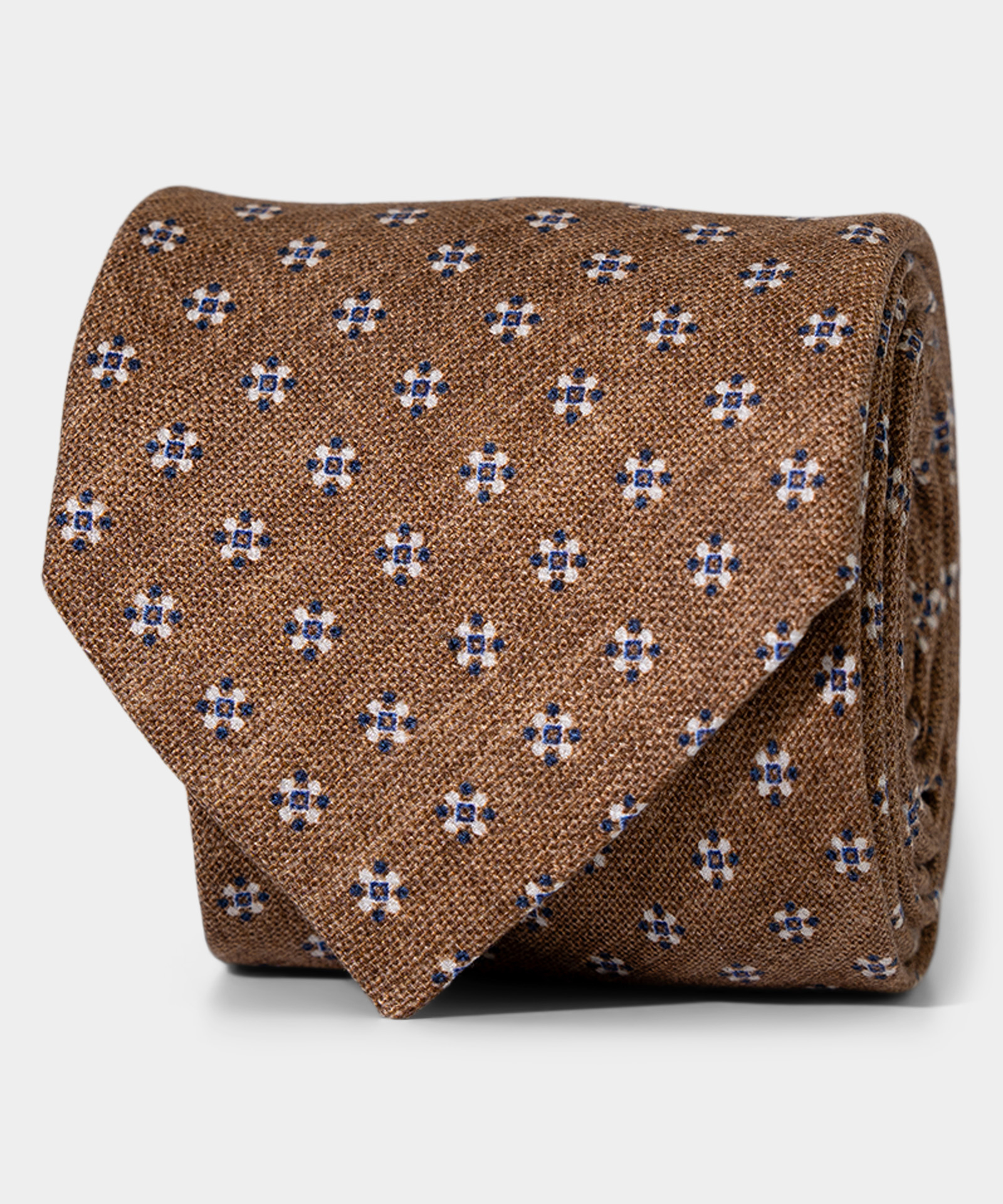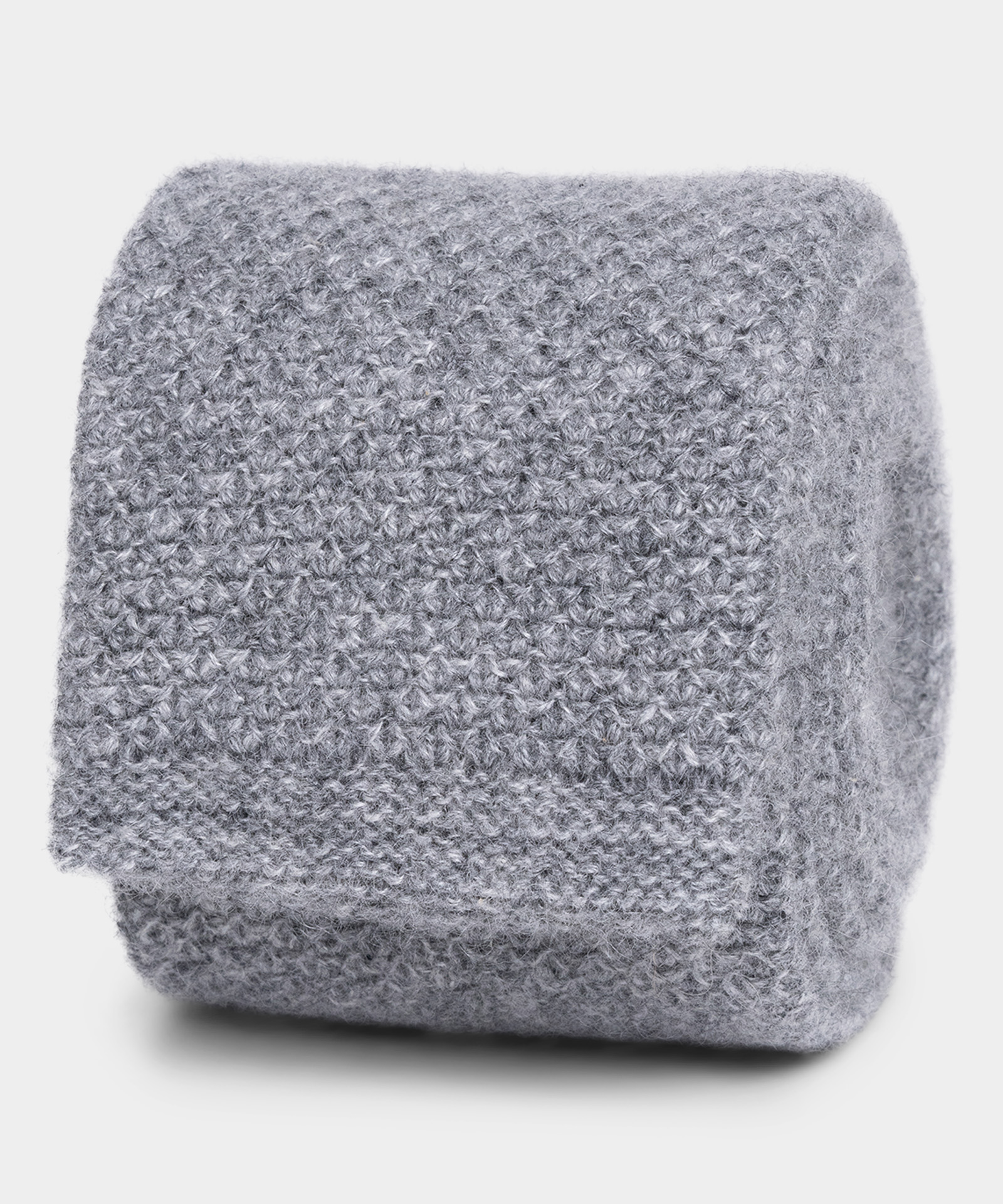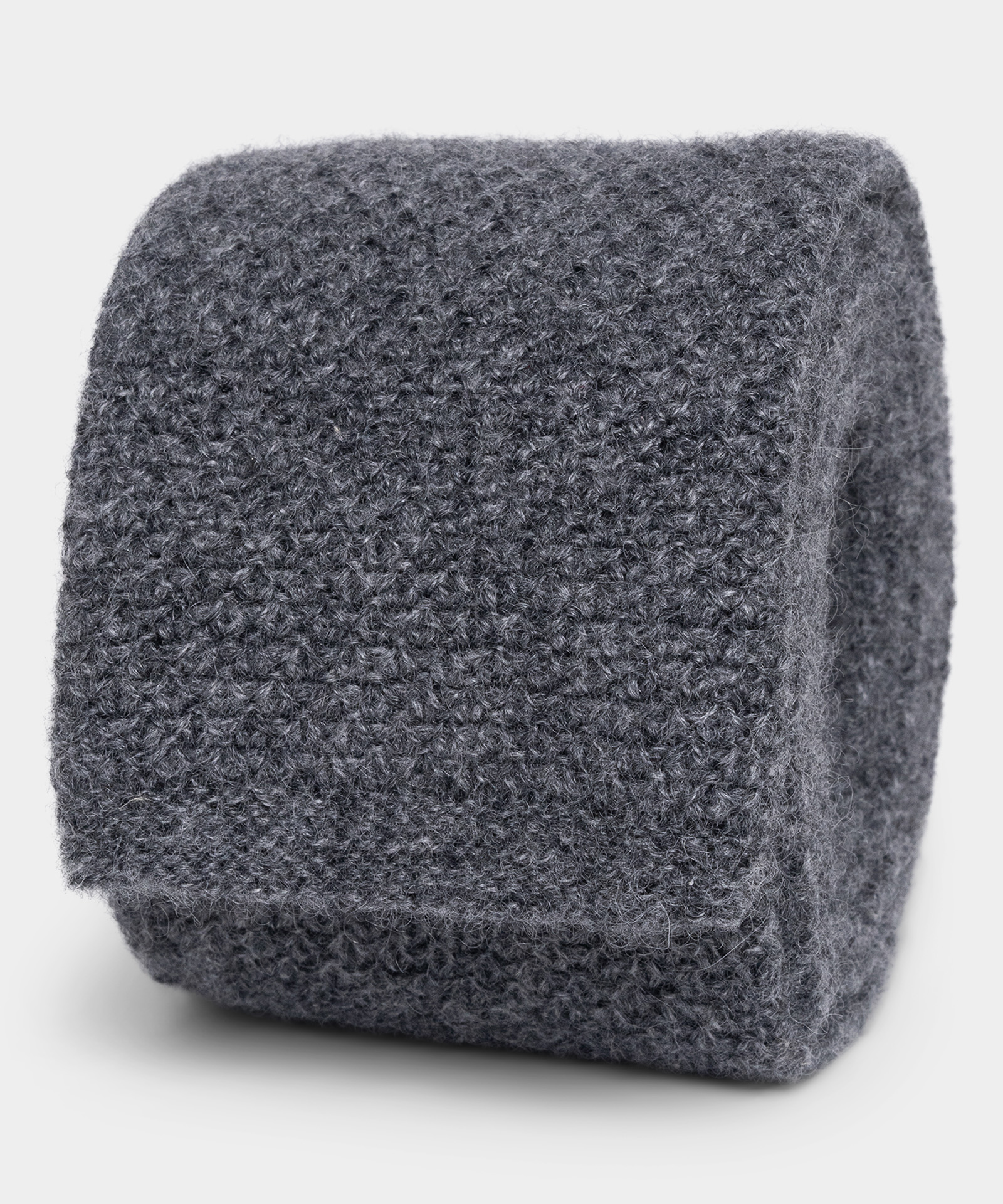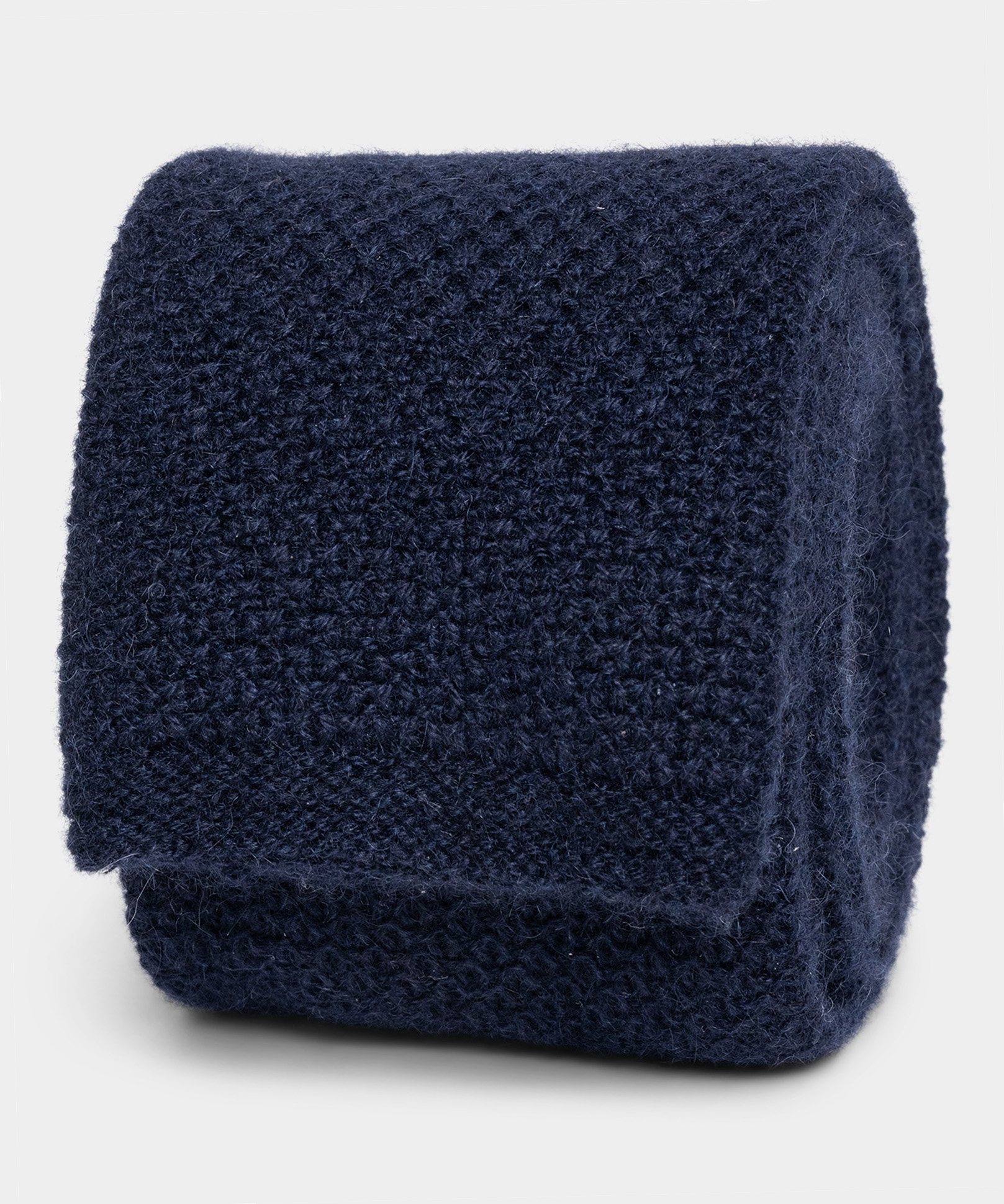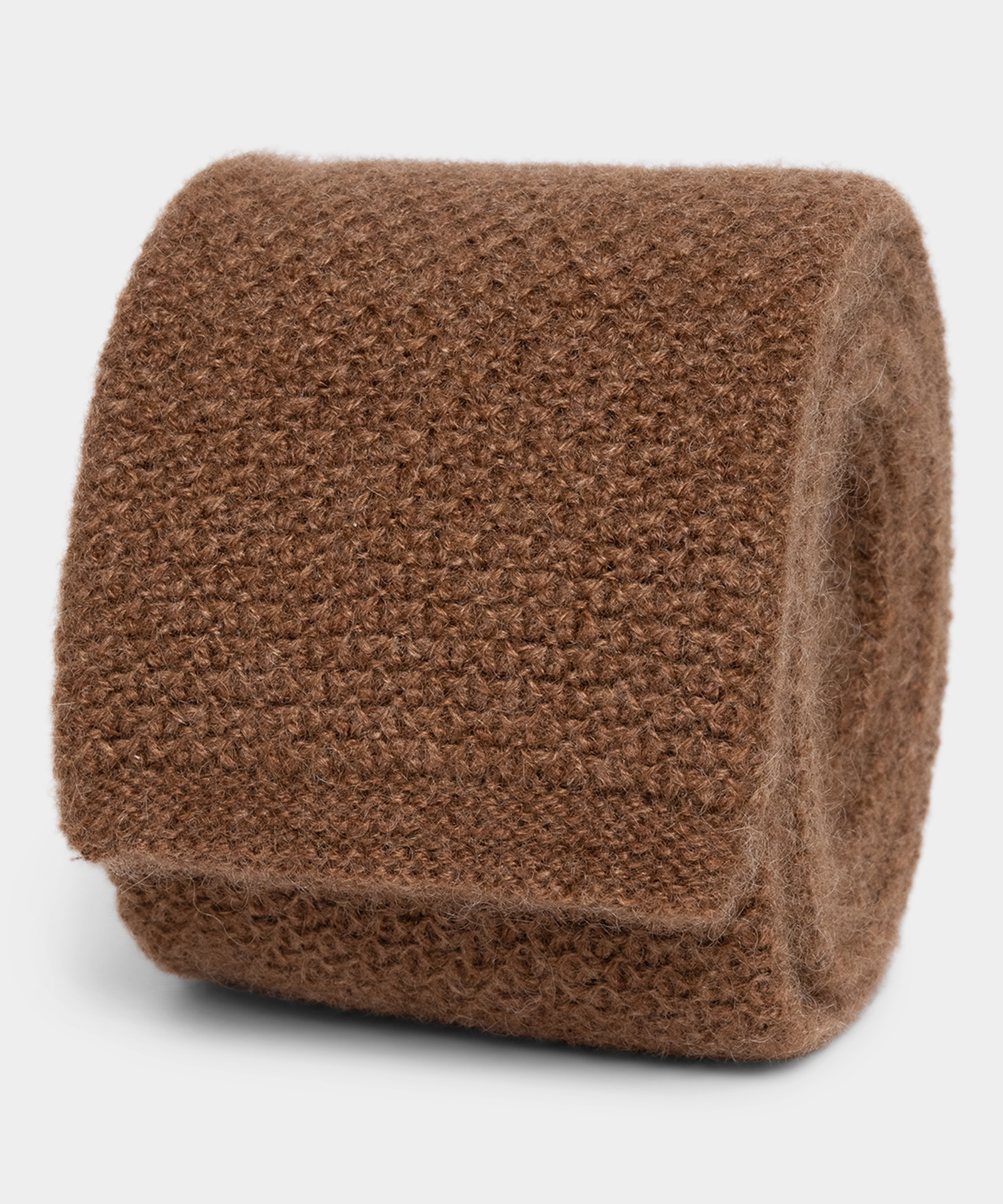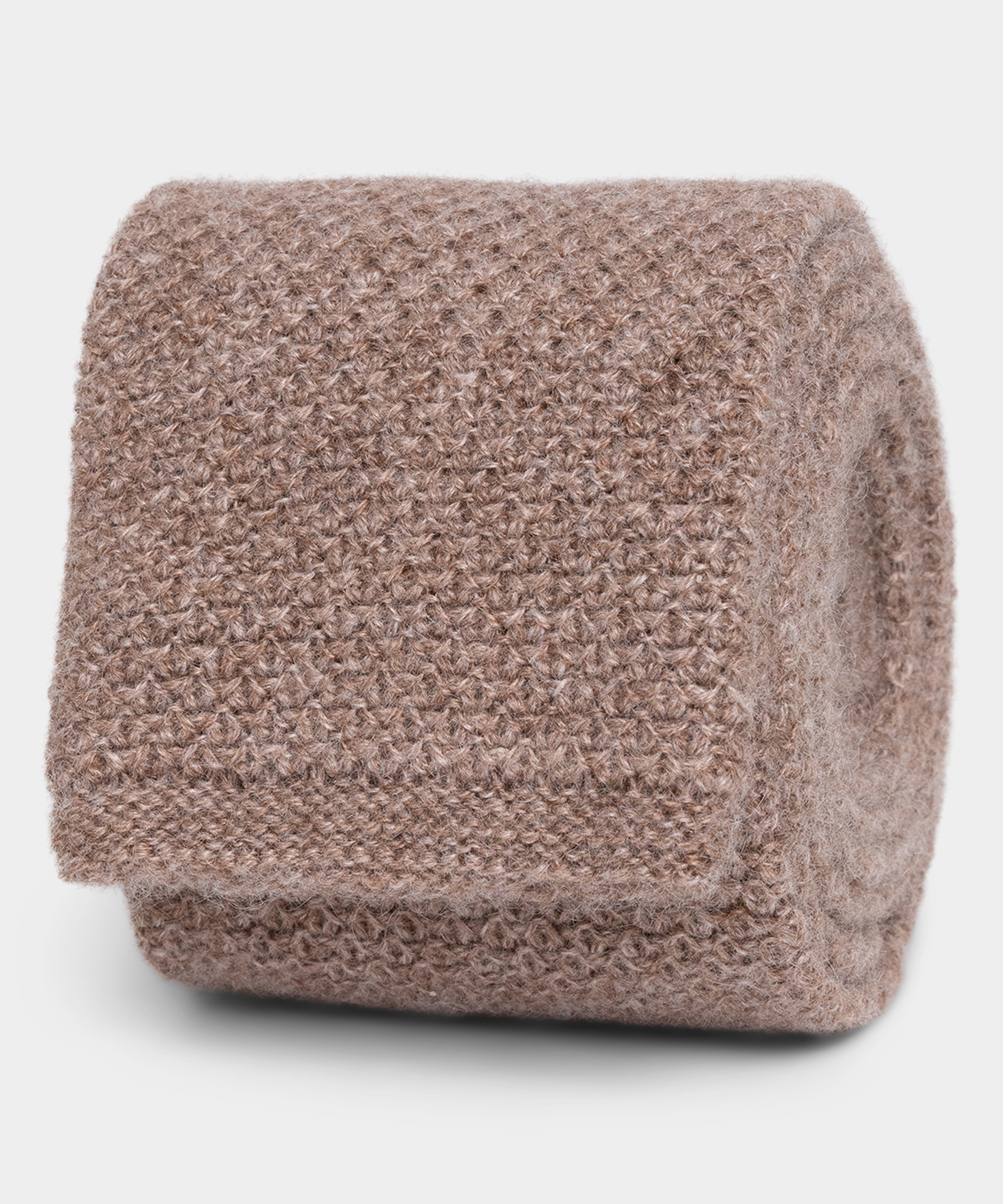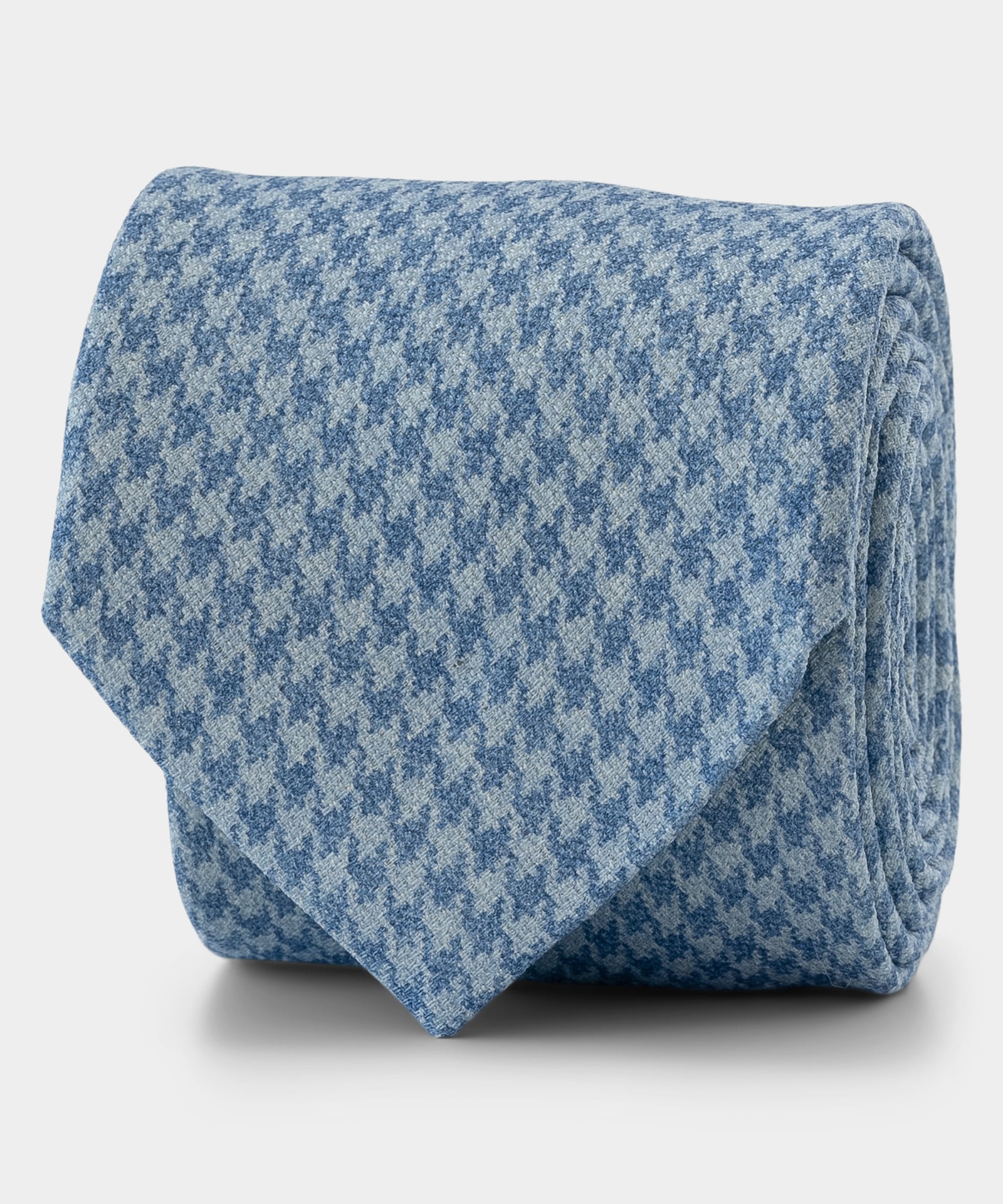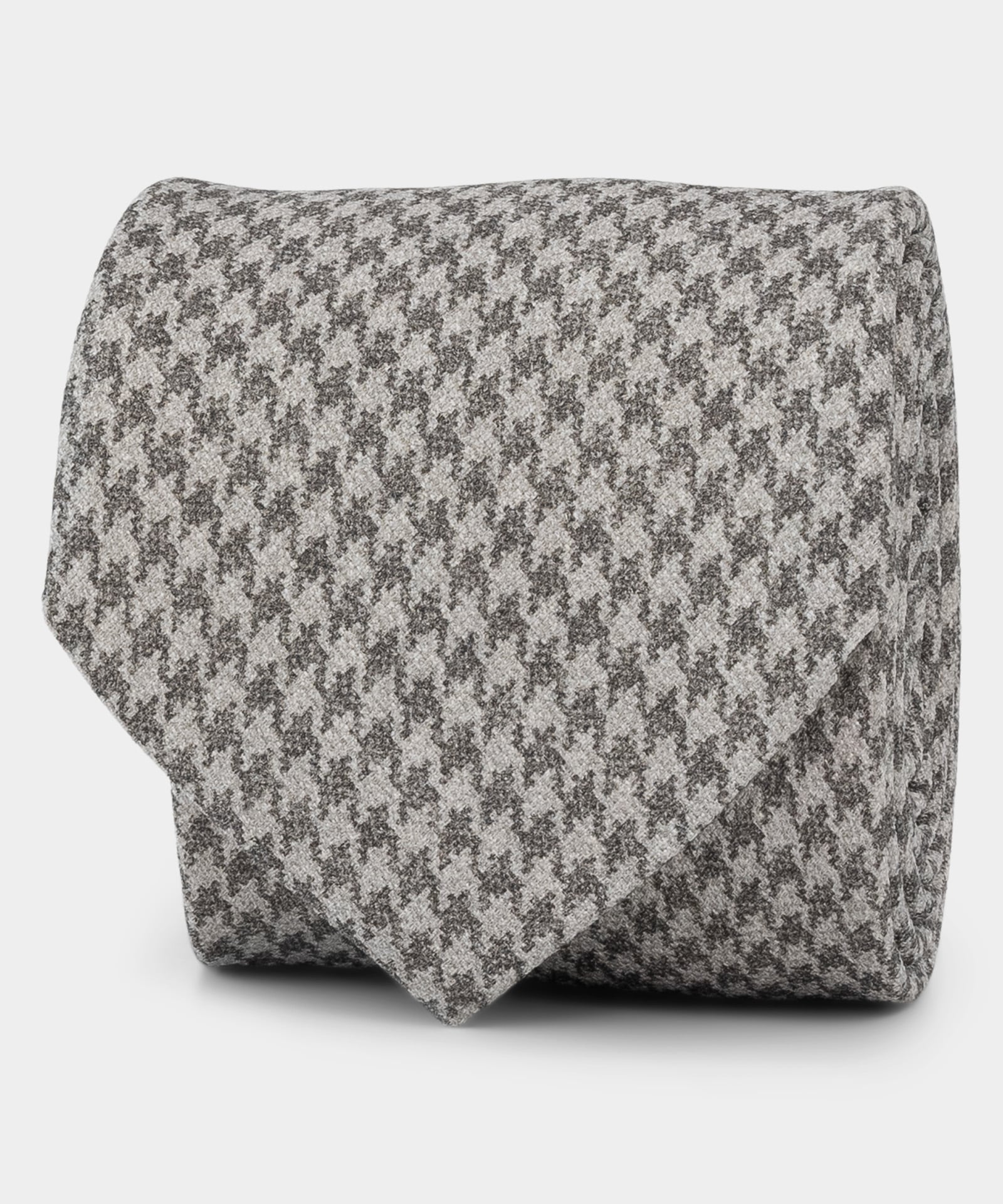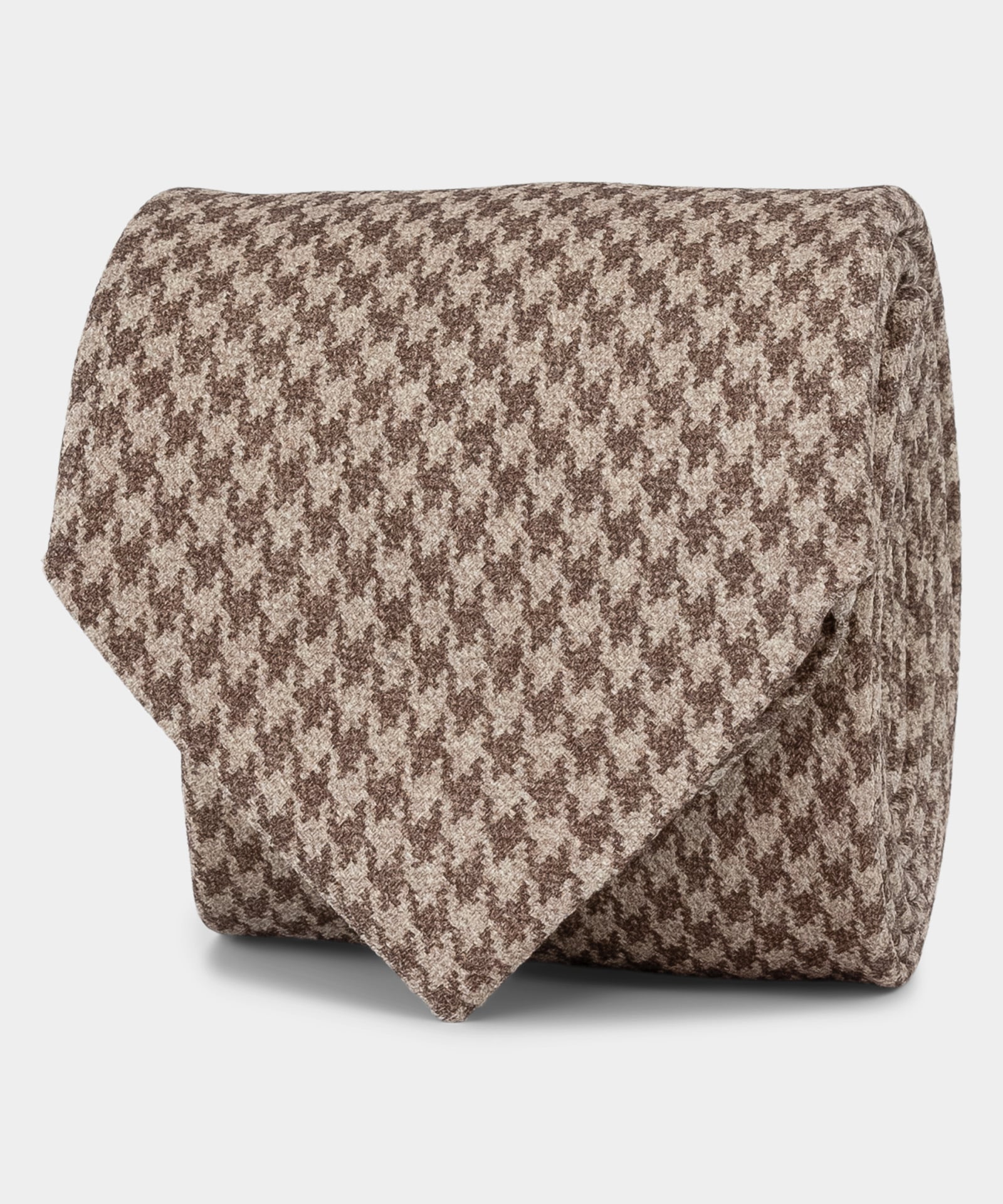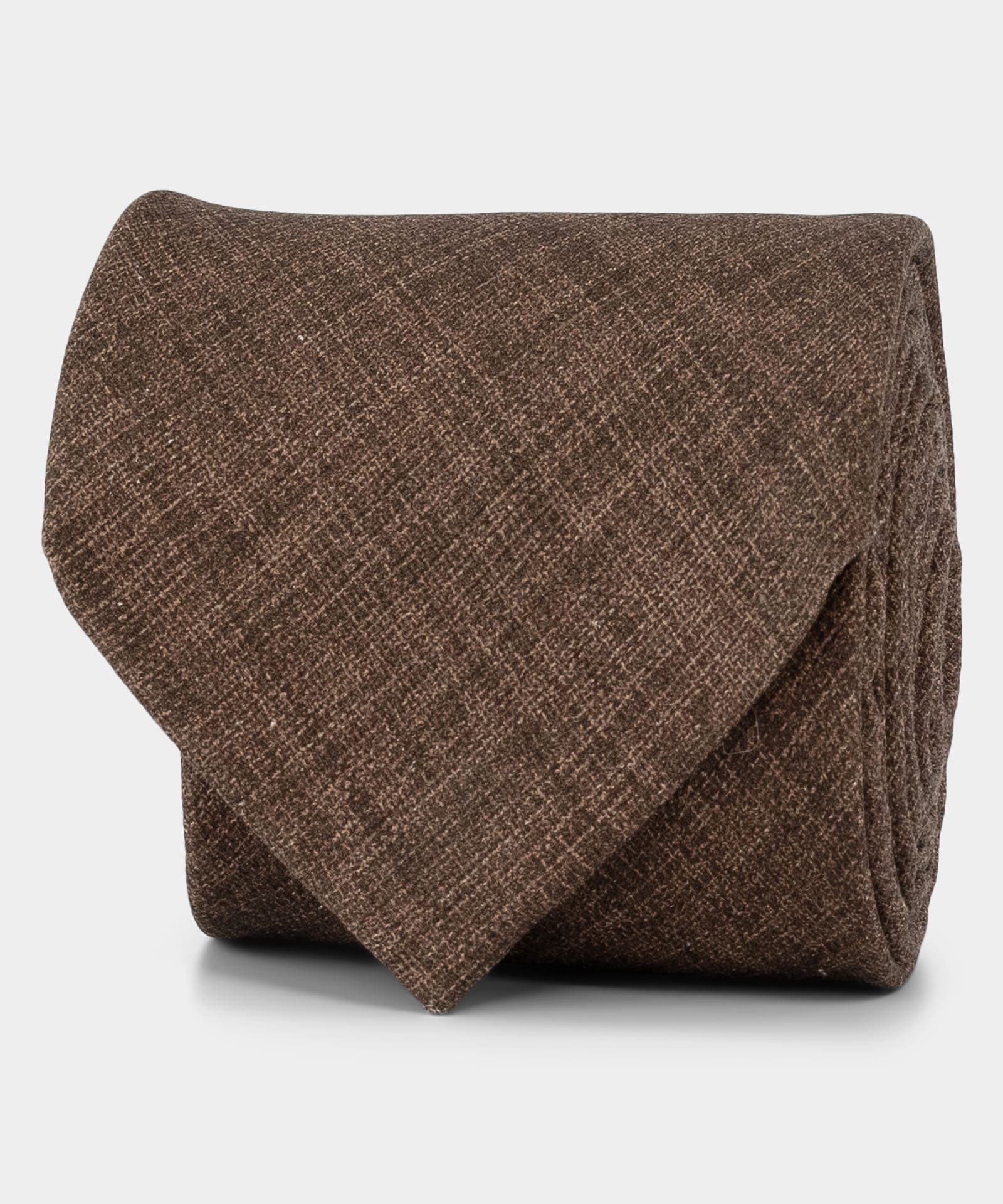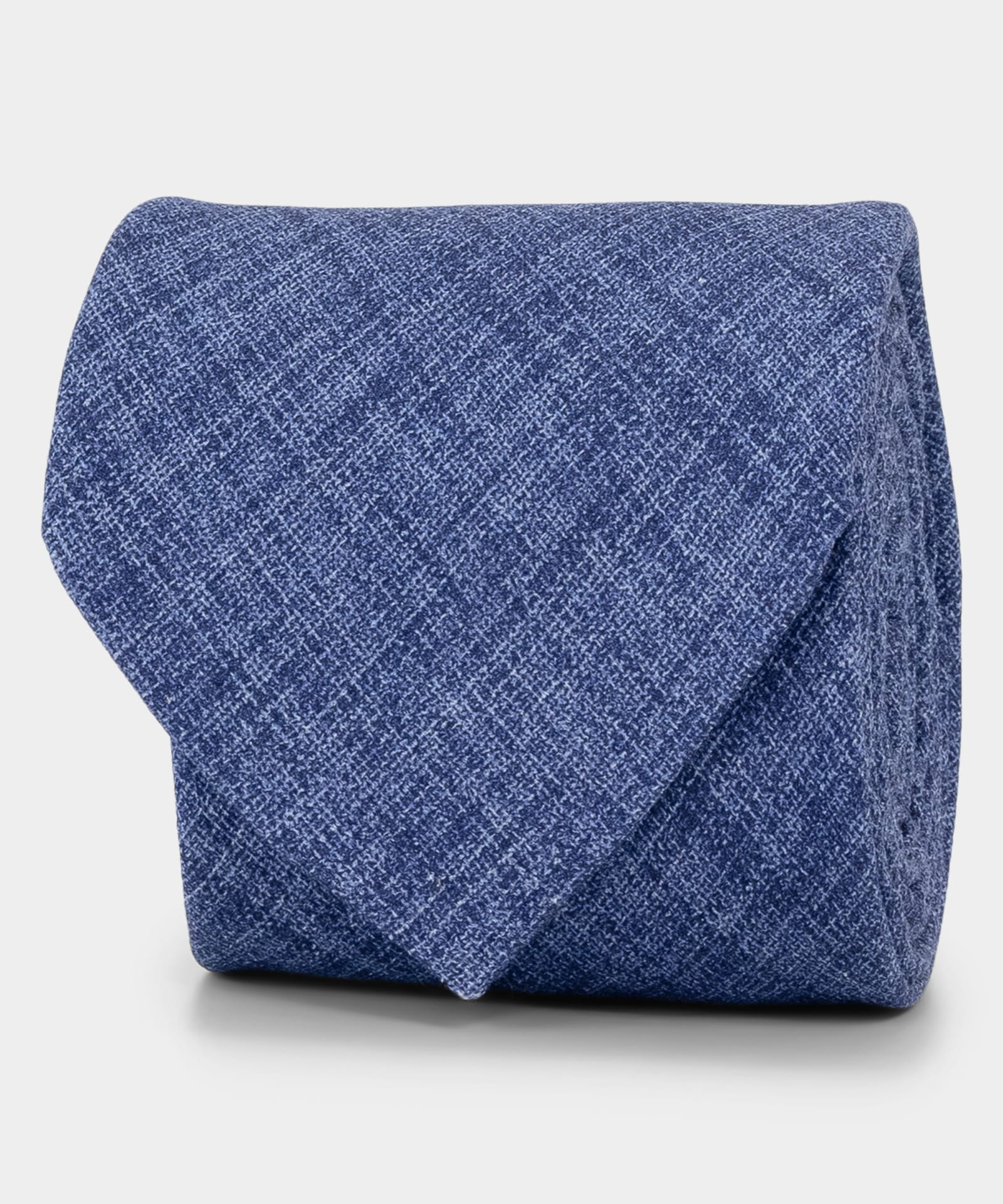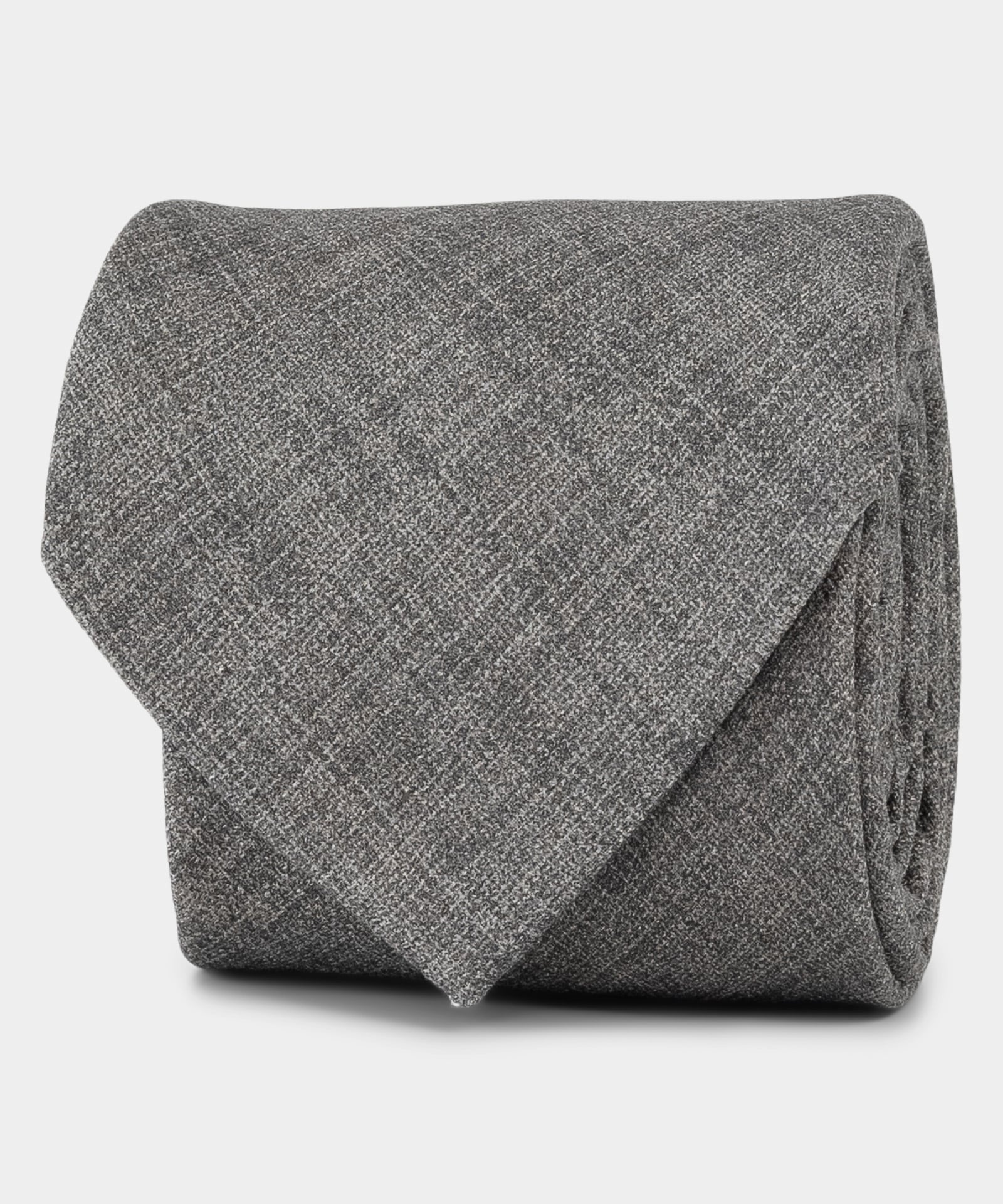The Half Windsor Knot
While the Half Windsor stands out as one of the most popular tie knots out there, it’s often confused with the Full Windsor Knot. The Full Windsor is also known as the Double Windsor or simply the Windsor Knot. The naming of the Windsor knot is attributed to the Duke of Windsor, who is said to have favored this tying method for his neckties. However, some sources suggest an alternative view, proposing that he simply tied a four-in-hand knot and had a preference for ties with a thick interlining, resulting in larger knots.
Edward VIII, the former King of the United Kingdom, gained worldwide recognition for his distinctive choice of a wide, symmetrical knot in his neckwear. Holding the title of Duke of Windsor for most of his life after a brief reign as King, this particular knot became his signature, leading to its commonly used nickname.
The symmetrical tie knots provide the ideal look of power and formality that you would want for your wedding.
How to tie a Half Windsor knot:
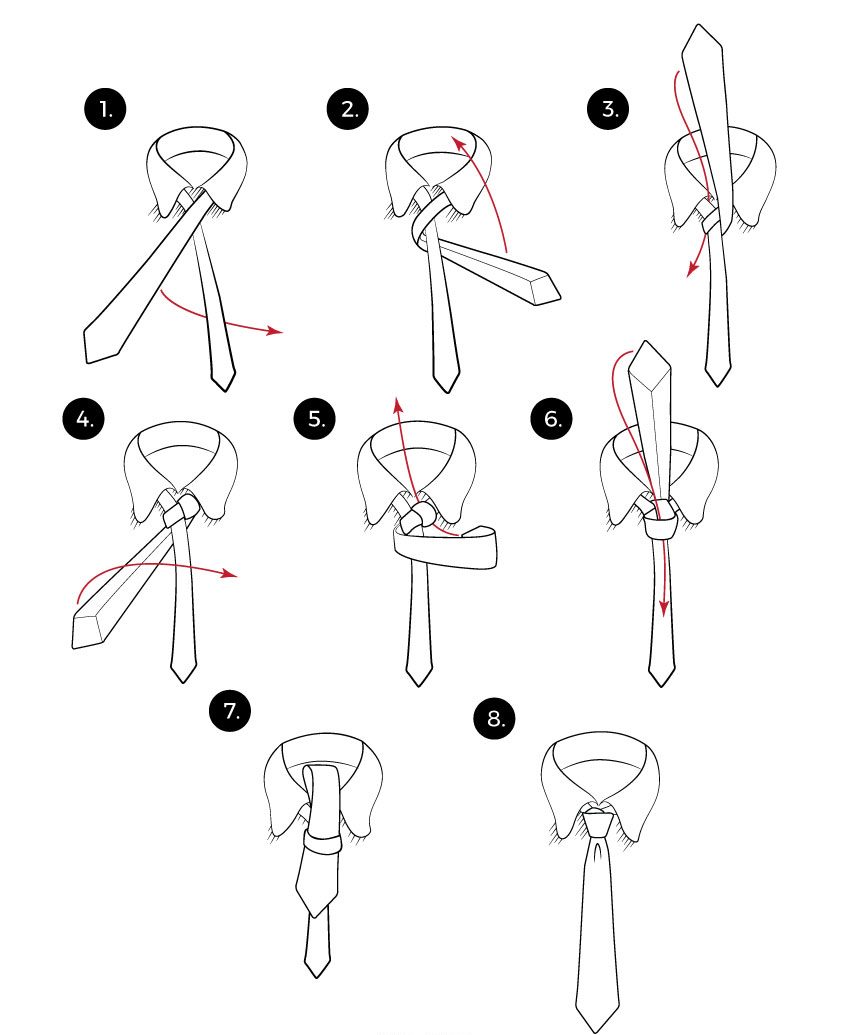
The Four in Hand Knot
The Four in Hand knot, a simple yet widely recognized tie knot, was originally used by coachmen managing four horses, reflecting efficiency and ease. The knot is slightly asymmetric but remains versatile enough to complement all shirt collars.
The knot’s nomenclature, “four in hand,” traces its roots to either the reins of a 4-horse carriage or a renowned London club, the ‘Four in Hand.’
Though not as formal as the Windsor knot, the Four in Hand is celebrated for its universal applicability, effortlessly pairing with various men’s shirts and suits. It earns its place as one of the most popular tie knots, known for simplicity and quick execution, particularly suitable for casual occasions.
The historical allure of the Four In Hand Knot dates back to the 17th century, gaining recognition as a fashion statement when Croatians visiting King Louis XIII’s palace in Paris adorned scarves tied in this form. Its simplicity, plainness, and adaptability have since contributed to its enduring appeal.
How to tie a Four in Hand knot:
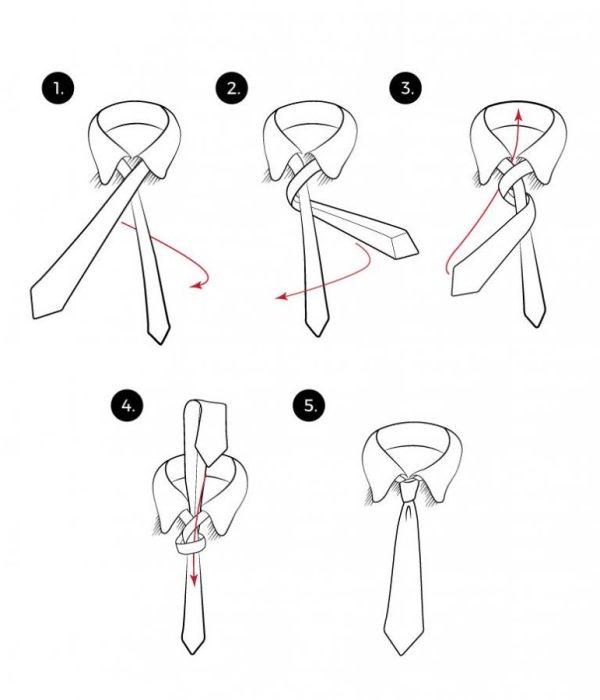
The Pratt Knot
The origin of the Pratt knot is tied to Jerry Pratt, a former US Chamber of Commerce employee, often credited as its inventor. However, it gained popularity through news anchor Don Shelby, leading to the alternative name Pratt-Shelby. The knot’s journey into the limelight began when the 92-year-old Pratt, during a telecast with Shelby, astounded everyone by effortlessly perfecting Shelby’s tie with a distinctive dimple. This caught the attention of New York fashion writers, who introduced it as a “new” knot.
Interestingly, the Pratt knot has roots dating back to the early 20th century, with tailors in Milan reportedly using it since the 1920s. Another moniker for the knot is the Milanese knot, as it was initially a quick method for tying neckties onto mannequins for display.
A blend of simplicity and history, the Pratt knot continues to adorn the wardrobes of those seeking a touch of sophistication in their formal and semi-formal attire.
How to tie a Pratt knot:
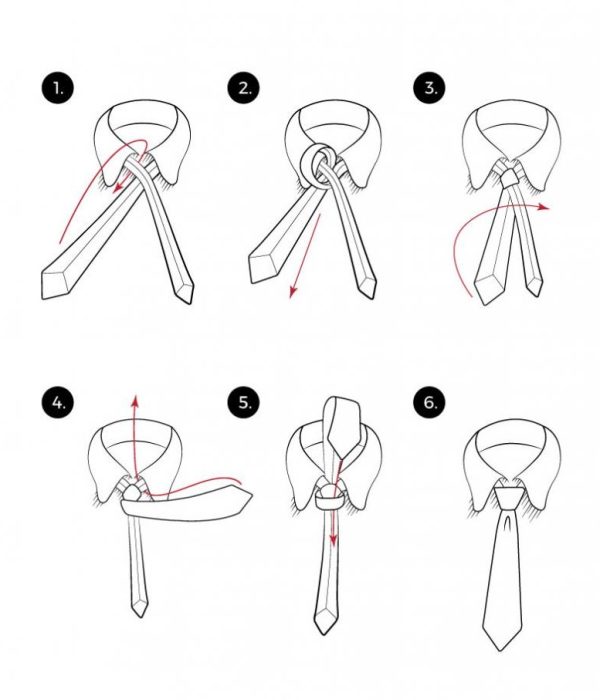
Our newest added ties
Frequent asked questions
Which tie knot is best?
The best tie knot depends on factors like shirt collar and occasion. Popular options include the Windsor, Half-Windsor, and Four-in-Hand. Experiment to find what suits your style.
Is the Half Windsor the same as the Full Windsor Knot?
No, they are different. The Half Windsor and the Full Windsor Knot, also known as the Double Windsor or simply the Windsor Knot, are distinct tie knots. While the Half Windsor is a popular choice, the Full Windsor is a broader knot that repeats steps, utilizing double the length of the tie.
Can I use the same knot for different ties?
While versatile knots like the Four-in-Hand work with most ties, consider tie thickness and material. Experiment with knots to find the best match for each tie in your collection.

